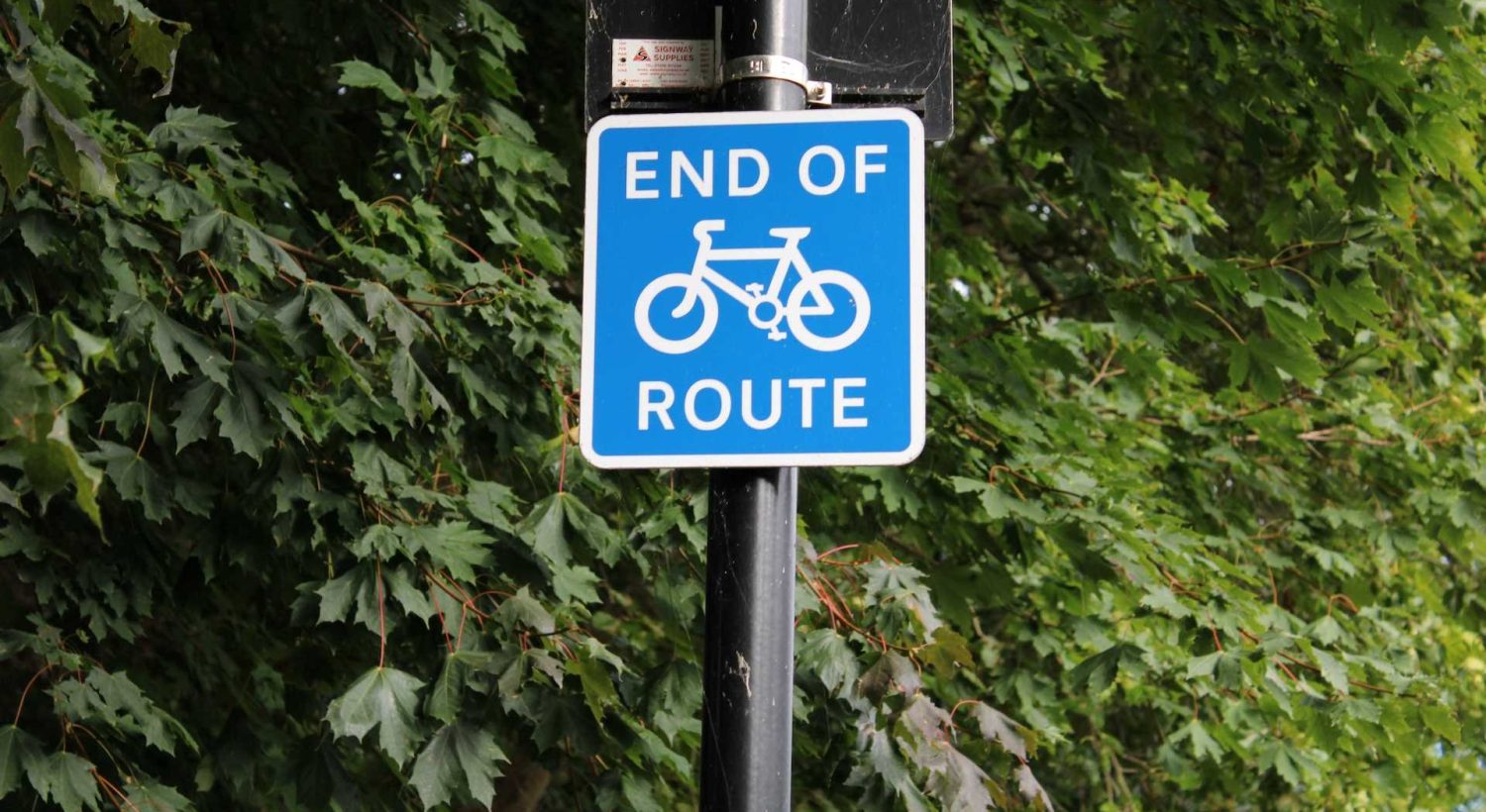Coast2Coast cycle route in the South of Scotland
Infrastructure and facilities for a new 250-mile on-road cycle route

The Coast2Coast cycle route was created to maximise the economic, environmental, and community benefits to the South of Scotland
The Coast2Coast cycle route runs through the picturesque landscapes of the South of Scotland. It links the vibrant capital city of Edinburgh to the charming coastal town of Stranraer.
Urban Foresight was commissioned to develop a masterplan for the infrastructure and facilities for this new 250-mile on-road cycle route.
Our challenge was to maximise the benefits of the route to the region and to ensure it would meet current and forecasted demand from visitors.
This involved careful infrastructure planning and adopting a user-centric approach.
Our expertise in service design ensured that the needs of different user-groups were segmented and systematically addressed. This approach also helped achieve integration with existing infrastructure, including public transport networks.
A comprehensive desk study and programme of stakeholder engagement established current infrastructure provision and developed a rich picture of local priorities.
GIS maps were developed to identify gaps in infrastructure provision and to pinpoint relevant businesses along the route.
Virtual and in-person site audits were used to select suitable locations for developments. These sites were profiled in ‘key location files’ which included reference photography, details of local facilities, and benchmarked analysis.
We worked closely with our client and local stakeholders throughout the project. This ensured that the evidence generated was aligned with their requirements. It also enabled them to help define priorities for selecting sites.
The final report provided comprehensive recommendations and evidence-based analysis.
Best practice case studies were profiled, with a focus on accessibility. We also explained current innovations in bikes, e-bikes and digital booking solutions.
Challenges and barriers were also identified, including public transport integration.
Infrastructure requirements were detailed and costed along the route. This included bike racks, on-route maintenance, e-bike charging, showering facilities, bike hire, and accessibility features.
This culminated in a masterplan to promote economic growth, sustainability, and enhance the cycling experience. By prioritising user needs and aligning infrastructure investments, the project offers an opportunity to unlock the South of Scotland’s potential as a premier cycling destination.
Image credit: Fast Markers

![cyberessentials_certification mark_colour [12] cyberessentials_certification mark_colour [12]](https://urbanforesight.org/wp-content/uploads/elementor/thumbs/cyberessentials_certification-mark_colour-12-pnvwipr8zh5rhqz25vzzioz2x8t2zltvu0gwqv4000.png)
